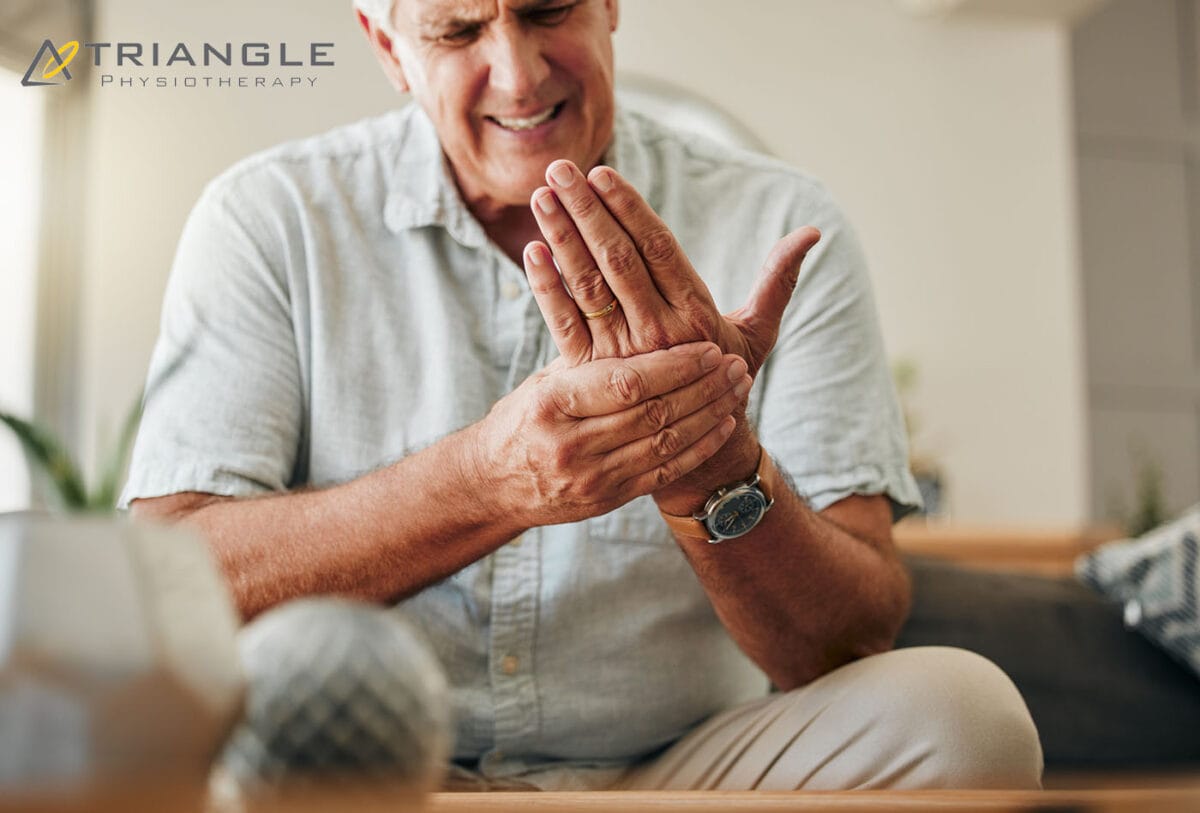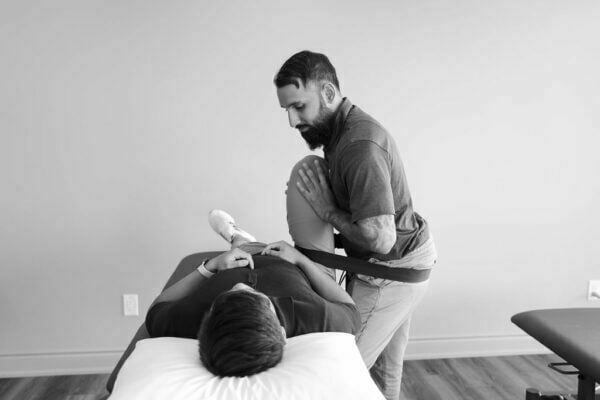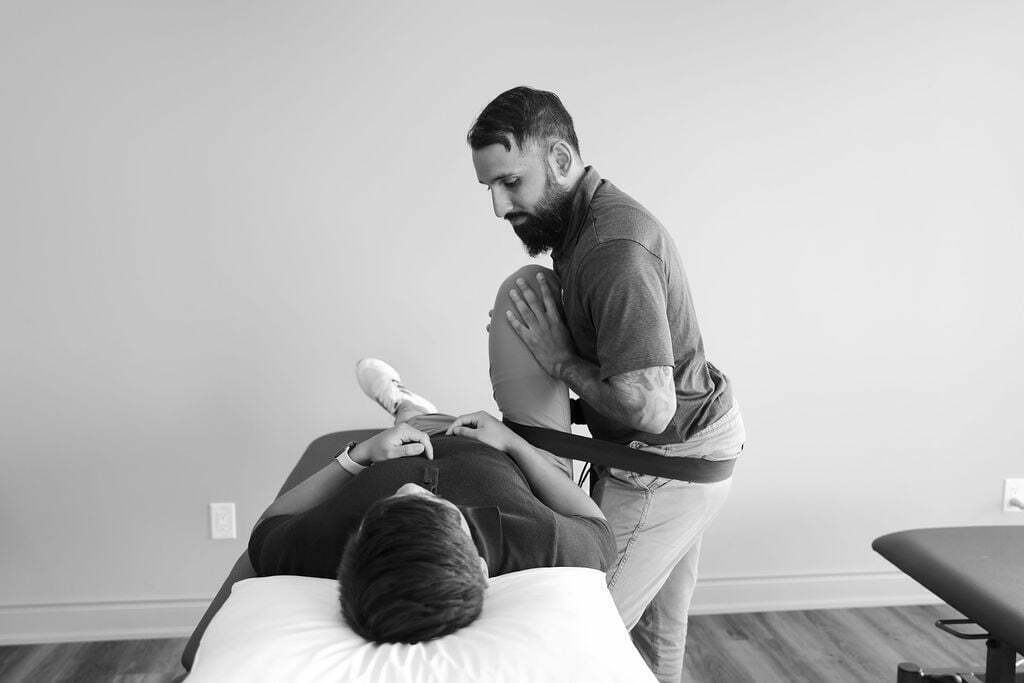Winter weather can be challenging for individuals with arthritis, as cold temperatures and changes in atmospheric pressure can exacerbate joint pain and stiffness. Here are 10 tips to help manage arthritis during the winter months:
- Stay Warm:
- Start your day by using a heating pad or a warm bath or shower to increase the mobility in your joints and reduce pain before you go about your day.
- Dress in layers to trap heat and stay warm.
- Use heated blankets or warm packs on achy joints.
- Protect Your Joints:
- Wear gloves to keep your hands warm and protect your finger joints.
- Use knee-high socks and warm footwear to keep your feet and ankles insulated.
- Stay Active:
- Engage in gentle exercises to keep your joints flexible.
- Consider indoor activities like swimming, which is easy on the joints.
- Maintain a Healthy Weight:
- Excess weight can put more pressure on your joints, so try to maintain a healthy weight through a balanced diet and regular exercise.
- Stay Hydrated:
- Cold weather can lead to dehydration, which may worsen arthritis symptoms. Drink plenty of water to stay hydrated.
- Use Assistive Devices:
- Consider using assistive devices such as canes or braces to reduce the strain on affected joints.
- Manage Stress:
- Stress can exacerbate arthritis symptoms. Practice stress-reducing techniques like deep breathing, meditation, or yoga.
- Warm Up Before Activities:
- Before heading outdoors, warm up your body with gentle stretching exercises to prepare your joints for movement.
- Take Warm Baths:
- Soaking in a warm bath can help soothe joint pain and relax your muscles.
- Consult Your Doctor:
- Keep your healthcare provider informed about changes in your symptoms and discuss any concerns you have about managing arthritis in the winter.

Remember, it’s essential to tailor these tips to your specific situation, as arthritis can affect individuals differently. Always consult with your healthcare provider for personalized advice and treatment options.
How do I book an appointment with a Physiotherapist near me?
Click HERE to book an appointment with a physiotherapist or chiropractor at one of our eight locations.
- Physiotherapy Etobicoke – Triangle Physiotherapy Etobicoke
- Oakville Physiotherapy Clinic – Triangle Physiotherapy Oakville
- Physiotherapy North York – Triangle Physiotherapy North York
- Mississauga Physiotherapy Clinics – Triangle Physiotherapy Mississauga
- Downtown Physiotherapy Clinics – Triangle Physiotherapy King West
- Uptown Physiotherapy Clinics – Triangle Physiotherapy Lawrence Park
- Physiotherapy Clinic Downtown Toronto – Triangle Physiotherapy Queens Quay
- Physiotherapy Clinics Mississauga – Triangle Physiotherapy Erin Mills
“Winter weather can be challenging for those with arthritis, but with the right care, you can manage your symptoms effectively. Triangle Physiotherapy offers expert services across the GTA, including Physiotherapy in Etobicoke, Oakville, North York, Toronto, Lawrence Park, Queens Quay, Erin Mills, Mississauga, and Liberty Village. Our skilled physiotherapists can help you develop strategies to stay active and pain-free during the colder months.”
Osteoarthritis (OA) is caused by the wear and tear of the cartilage and can affect all joints in the body. The most commonly affected areas are the knees, hips, low back, neck, and the digits of the hands and feet. Osteoarthritis affects 3.3%-3.6% of the population globally. The risk factors for osteoarthritis include age, gender, weight, anatomy, and history of trauma. The severity of osteoarthritis can be evaluated through medical imaging.
The following are characteristics and clinical presentation of OA:
- Use-related pain
- Stiffness
- Crepitus
- Decrease range of motion and flexibility
- Instability, Weakness
- Deformity
- Swelling
- Local

Also read, Best Physiotherapy Clinic in Mississuaga
OA can be managed conservatively through physiotherapy or chiropractic interventions. Pharmacological or surgical intervention may also be of benefit depending on the severity of the joint. Assistive devices can aid in offloading the damaged joint. Physiotherapy and chiropractic treatment for osteoarthritis focuses on reducing pain and increasing physical function through education and exercises. An individualized exercise program consisting of stretching and strengthening the muscles surrounding the affected joint will improve the well-being of the individual.
Tell me more about the GLA:D™ for knee and hip osteoarthritis.
- Good Life with osteoArthritis in Denmark (GLA:D™), developed in Denmark, is an education and tailored neuromuscular exercise program designed for individuals with hip or knee osteoarthritis
- The program is unique because it provides education and targeted exercise that can be applied to movement in everyday activities
- The program is suitable for individuals with early to late stages of OA
The following are the benefits of an individualized exercise program:
- Decrease pain and stiffness
- Increase mobility and function
- Improve muscles length and elasticity
- Improve cartilage
- Reduce risk of injury
- Delay surgical intervention
A physiotherapist and chiropractor can help identify the main issues affecting an osteoarthritic joint and create a treatment program based on your needs and goals.
Contact us today if you would like to see one of our physiotherapists or chiropractors to help you manage your osteoarthritis & relieve your pain.
Click HERE to book an appointment with a physiotherapist at one of our eight locations.
- Physiotherapy Etobicoke – Triangle Physiotherapy Etobicoke
- Oakville Physiotherapy Clinic – Triangle Physiotherapy Oakville
- Physiotherapy North York – Triangle Physiotherapy North York
- Mississauga Physiotherapy Clinics – Triangle Physiotherapy Mississauga
- Downtown Physiotherapy Clinics – Triangle Physiotherapy King West
- Uptown Physiotherapy Clinics – Triangle Physiotherapy Lawrence Park
- Physiotherapy Clinic Downtown Toronto – Triangle Physiotherapy Queens Quay
- Physiotherapy Clinics Mississauga – Triangle Physiotherapy Erin Mills
Managing osteoarthritis effectively requires a comprehensive treatment approach, including physiotherapy to alleviate pain and improve mobility. If you’re looking for professional physiotherapy services to support your osteoarthritis management, clinics in physiotherapy Etobicoke, Oakville, North York, Toronto, Lawrence Park, Queens Quay, Erin Mills, Mississauga, and Liberty Village offer expert care and personalized treatment plans to help you achieve better joint health and quality of life.
Femoroacetabular impingement (FAI) is a condition in which structural abnormalities develop on the bones of the hip, resulting in premature contact (impingement) during movement. The hip is a ball and socket joint. The “ball” is the rounded top of the femur or thigh bone, and the “socket” is the concave portion of the pelvis called the acetabulum. When abnormal bone growth forms on the femoral head, it is called CAM impingement, and when on the acetabulum, it is called pincer impingement.
Like other joints, the surfaces of these bones are covered by articular cartilage which creates a smooth, low friction surface that helps the bones glide across each other during movement. The acetabulum has an an additional ring of fibrous cartilage called the labrum, that helps deepen and strengthen the joint. The excessive contact caused by the bony growths can damage the cartilage and labrum, resulting in pain.

The pain associated with FAI is usually insidious and develops gradually over time. It is more common in young and middle-aged adults, especially those with exposure to repetitive and often high impact sports at a young age.
Symptoms of FAI
FAI symptoms commonly include some of the following:
- chronic, deep, or aching anterior groin pain
- motion or position related pain in hip or groin
- clicking, catching, or giving way in hip
- restricted range of motion
- pain may also be felt in back, buttock or thigh
FAI can occur bilaterally, and severity of symptoms do not necessarily correlate with more tissue damage. A thorough evaluation by a Physiotherapist is recommended to assess signs and symptoms, activity history and a physical examination to look for alternate causes of anterior groin pain. If FAI is suspected, a radiograph can be done to confirm the diagnosis.
FAI can be managed conservatively with modification of activities and physiotherapy treatment, taking into account unique patient goals, symptom severity and the impact on daily living.
If you think you might have Femoral Acetabular Impingement, contact us to book an appointment with one of our Physiotherapists today!
Griffin, D. R., et al. "The Warwick Agreement on femoroacetabular impingement syndrome (FAI syndrome): an international consensus statement." British journal of sports medicine 50.19 (2016): 1169-1176.
Palmer, Antony JR, et al. "Arthroscopic hip surgery compared with physiotherapy and activity modification for the treatment of symptomatic femoroacetabular impingement: multicentre randomised controlled trial." bmj 364 (2019).




